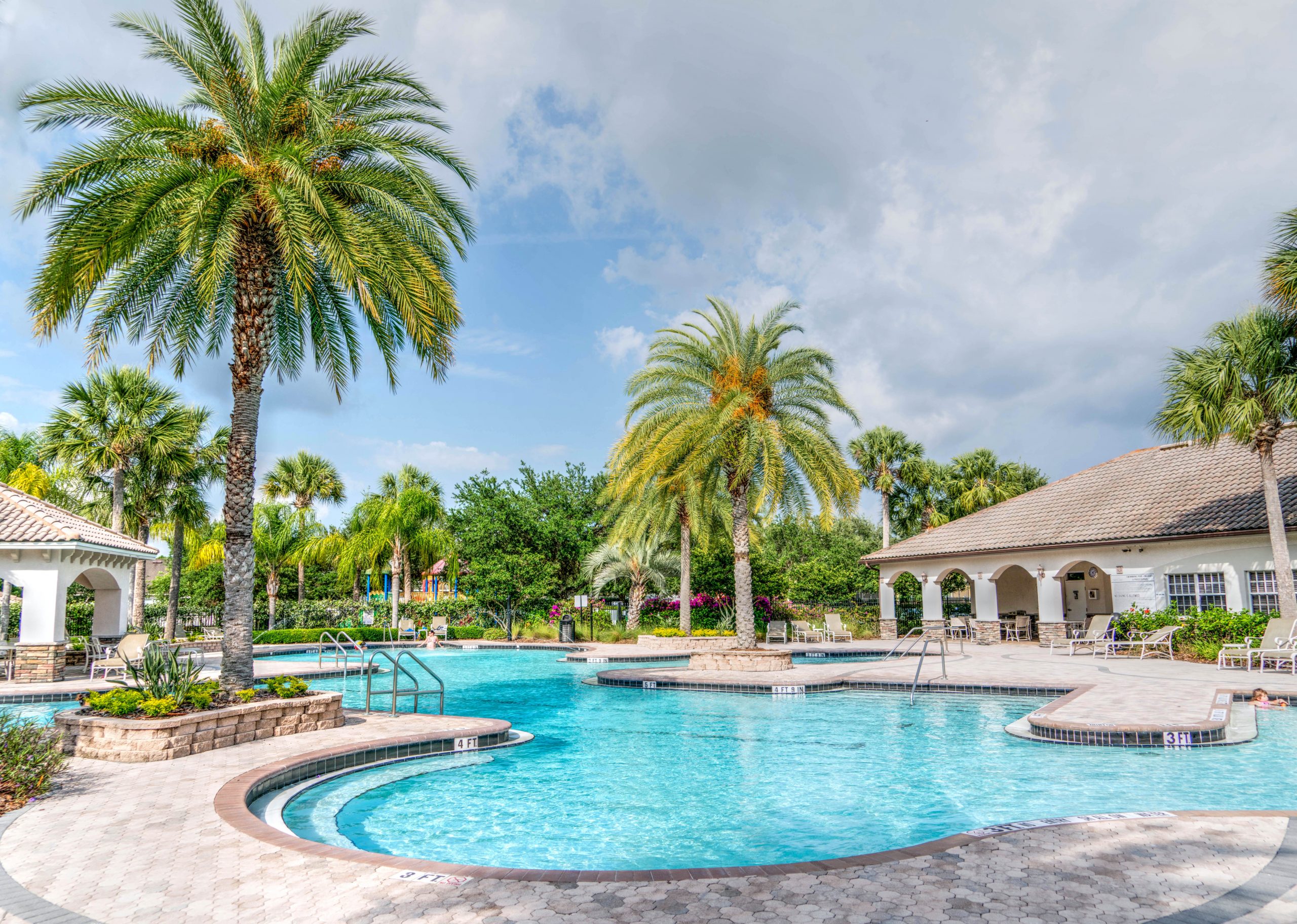You can save energy and maintain a comfortable swimming pool temperature by using a smaller, higher efficiency pump and by operating it less.
In a study of 120 pools by the Center for Energy Conservation at Florida Atlantic University, some pool owners saved as much as 75% of their original pumping bill when they used these energy conservation measures (see table below).
Table 1. Savings from Pump Conservation Measures
| CONDITION | ENERGY USE (KWH/YEAR) | COST OF ENERGY ($/YEAR) | ENERGY SAVINGS |
|---|---|---|---|
| Original | 3000 | 240 | —- |
| Pump replacement (downsizing) | 1800 | 140 | 40% |
| Reduced time (60%) | 1200 | 100 | 60% |
| Combination of above | 720 | 60 | 75% |
Table courtesy of Home Energy magazine. These savings represent a typical pool in Florida. The average pool pump energy bill is probably higher in Florida than in many other areas of the country because of the long swimming season. While the absolute savings here will be greater there than elsewhere, the percentage savings should apply nationwide. Note that the savings for the combination of measures are not simply the sum of savings for the individual measures. When both are implemented, the energy use is 60% of 40% of the original use-percent savings.
Sizing the Pump
The larger the pump, the greater your pumping and maintenance costs. Therefore, you want to use the smallest size pump possible for your swimming pool. To choose the right size pump, you can consult a pool supplier’s design chart. Using the chart, match the hydraulic characteristics of the pump to both the piping and the pool’s flow characteristics. For a solar pool heating system, you also need to consider the need to pump the pool’s water to and through the collector(s).
The Florida study shows that a 0.75 horsepower or smaller pump is generally sufficient for residential pools. Smaller pumps, which cost less, can be used if you decrease the pool circulation system’s hydraulic resistance by doing the following:
- Substituting a large filter (rated to at least 50% higher than the pool’s design flow rate)
- Increasing the diameter or decreasing the length of the pipes, or replacing abrupt 90-degree elbow pipes with 45-degree ones or flexible pipes.
By decreasing the pool circulation system’s hydraulic resistance, you can reduce the pump’s electricity use by up to 40%.
Operating the Pump
Pool pumps often run much longer than necessary. Circulating your pool’s water keeps the chemicals mixed and removes debris. However, as long the water circulates while chemicals are added, they should remain mixed. It’s not necessary to recirculate the water everyday to remove debris, and most debris can be removed using a skimmer or vacuum. Furthermore, longer circulation doesn’t necessarily reduce the growth of algae. Instead, using chemicals in the water and scrubbing the walls are the best methods.
Reduce your filtration time to 6 hours per day. If the water doesn’t appear clean, increase the time in half-hour increments until it does. In the Florida study, most people who reduced pumping to less than 3 hours per day were still happy with the water’s quality. On average, this saved them 60% of their electricity bill for pumping.
You can install a timer to control the pump’s cycling. If debris is a problem, use a timer that can activate the pump for many short periods each day. Running the pump continuously for, say, 3 hours leaves the other 21 hours a day for the pool to collect debris. Several short cycles keep the pool cleaner all day.
Keep the intake grates clear of debris. Clogged drains require the pump to work harder, which uses more energy. Backwash your filter appropriately. Backwashing too frequently wastes water, while not backwashing wastes energy by requiring the pump to work harder.
From Energy.gov


